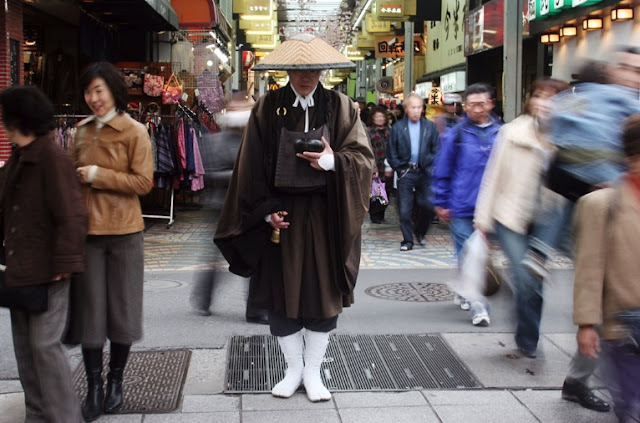Diligence, Trust and Love and the three timings in aikido
A few weeks ago, I came across this nice saying: “Your potential in art will fruit, with the help of diligence, trust and love”. It feels like such a simple truth, and yet, sometimes one of these three loses its strength. I think that instead of forcing it to grow back, we can simply concentrate on the two others. They will empower it and support it until it is fully present in our process of development. In our daily aikido practice, we often begin with slow and diligent practice, going into details of very basic movements. For example, my partner grabs me, and I have now time to improve my stance, posture, gaze, breath and more. I have time calculate my moves, and my partner will most probably wait with patience and will also make the best of the time I take, to improve the role of uke. This is the phase of diligence. Learning, refining and polishing the most fundamental principles of aikido. The next phase is trust. Now, as we have obtained skill, my body can relay on conf




